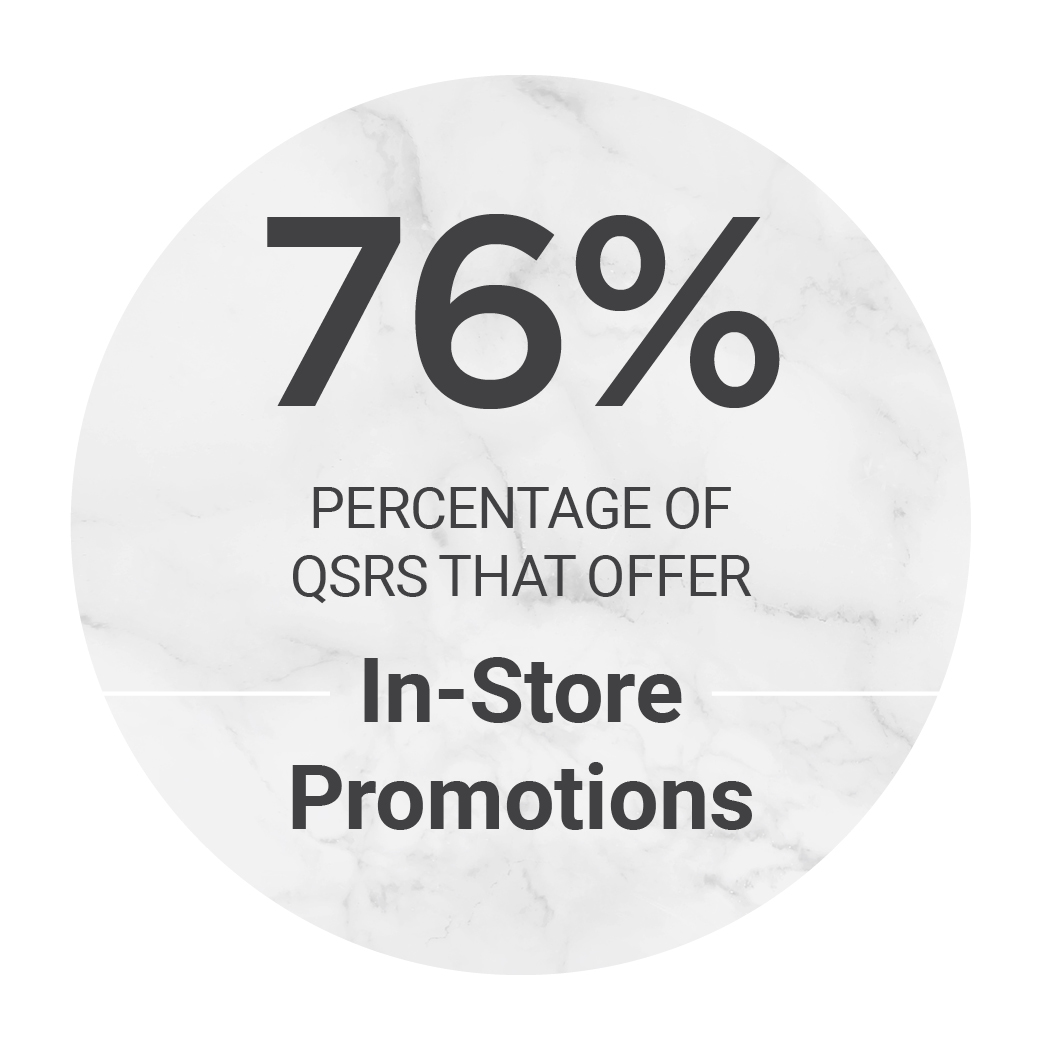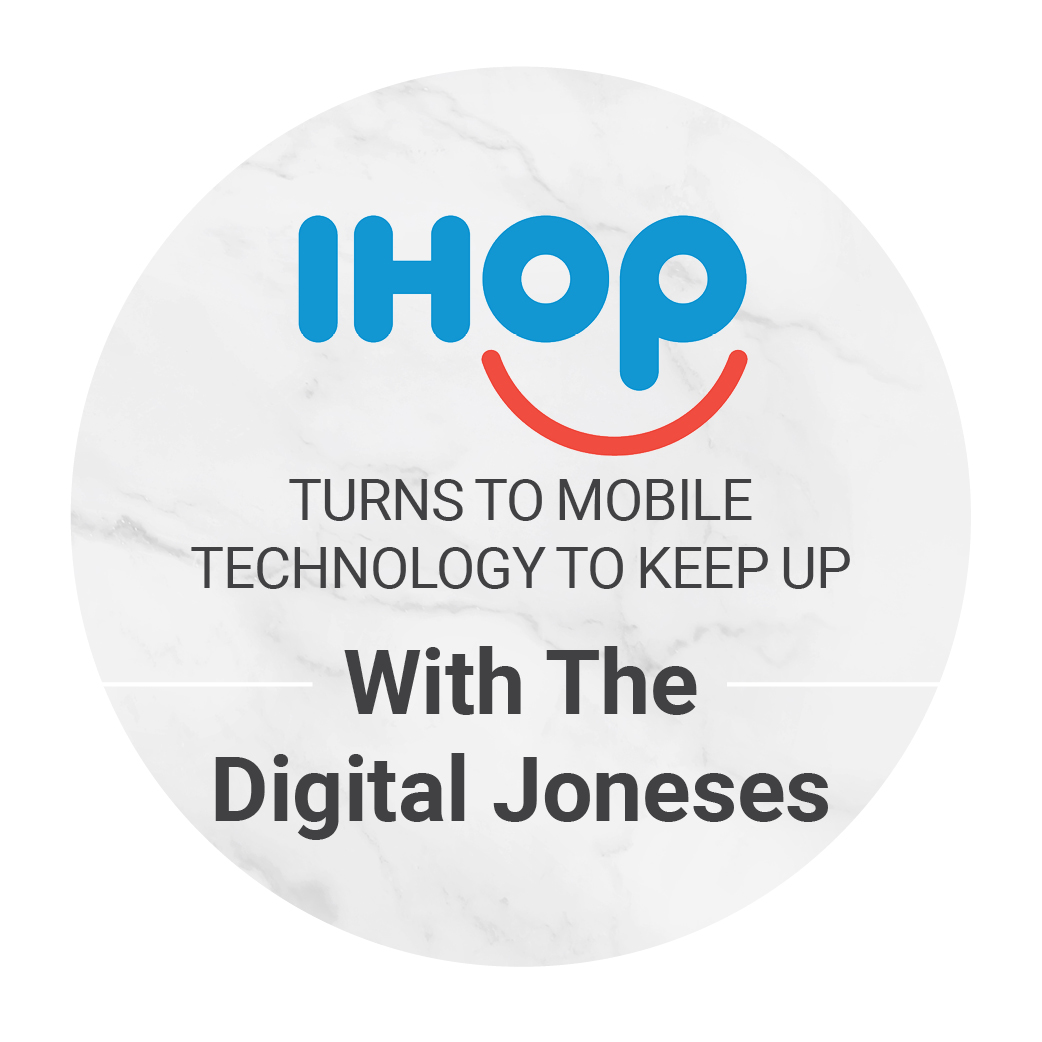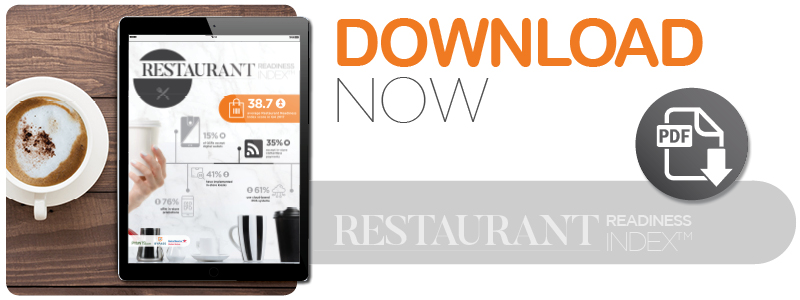NEW DATA: The 15 POS Features QSRs Need To Succeed

Restaurants are smart to invest in digital ordering. In 2017, restaurant customers placed more orders digitally than in any other year on record, and projections say those figures will continue to grow in the months and years to come.
Now, restaurant payment is also going digital. The most recent issue of the Restaurant Readiness Index reveals that a restaurant’s decision to accept payment methods like QR codes and contactless payments is one of the key factors in determining whether the merchant is keeping up with the pace of innovation.
According to Index research, 57 percent of the 20 top-rated QSRs accepted contactless payments, compared to just 36 percent of middle-of-the-road merchants and 11 percent of the bottom 20 merchants. Meanwhile, 43 percent of the top-rated QSRs accepted payment via QR code.
And while QSR readiness isn’t determined solely by payment acceptance, there aren’t many other features consumers care much about – a total of just 15 features accounted for more than three-quarters of a merchant’s Index score.
 Other key findings include:
Other key findings include:
- Fifteen percent of QSRs accept payment via digital wallet.
- The average Index score for merchants was 38.7 out of 100, a 0.7-point increase since Q3 2017.
- Soup/salad/bowl sellers were the top-ranked QSR category, with an average Index score of 58 out of 100, while frozen dessert merchants performed the worst, finishing with an average score of just 23 out of 100.
- Among the top 20 QSRs studied in the Index, 97 percent offered in-store events and 83 percent offered in-store inventory updates, compared to just 39 percent and 50 percent of the bottom 20 QSRs, respectively.
- 61 percent of QSRs now use cloud-based POS systems.
Hopping on the Tech Bandwagon
With growing competition from players like Waffle House and Denny’s, breakfast chain IHOP is launching its own initiatives.
 The company recently rolled out a new set of ordering and payment features, designed to meet customer demand for digital interaction with the restaurant. In a recent interview with PYMNTS for the Restaurant Readiness Index feature story, PYMNTS caught up with Michael Chachula, the company’s executive director and head of IT, to find out how and why IHOP rolled out mobile ordering capabilities.
The company recently rolled out a new set of ordering and payment features, designed to meet customer demand for digital interaction with the restaurant. In a recent interview with PYMNTS for the Restaurant Readiness Index feature story, PYMNTS caught up with Michael Chachula, the company’s executive director and head of IT, to find out how and why IHOP rolled out mobile ordering capabilities.
“The reality is that this all came about from customer demand,” Chachula explained. “The Amazonization and Uberization of our society has really removed friction, made convenience a top priority and put it on the top-of-mind for most customers, whether it be retail, restaurants or really any type of purchase. That’s really what drove us down the path of creating an IHOP mobile app and investing in other technology.”
For all the latest findings, analysis and trends, please download the Index.
About the Index
The PYMNTS Restaurant Readiness Index, a Bypass and Bank of America Merchant Services collaboration, is designed to analyze how QSRs are doing when it comes to innovation. Namely, are they being innovative and are technological features enhancing customer experiences?
To complete the Index, PYMNTS studied 178 QSRs, including six large restaurant chains, in 10 different segments and two groups of restaurants. The bulk of the sample includes 172 restaurants that range from eight to 2,630 locations.
